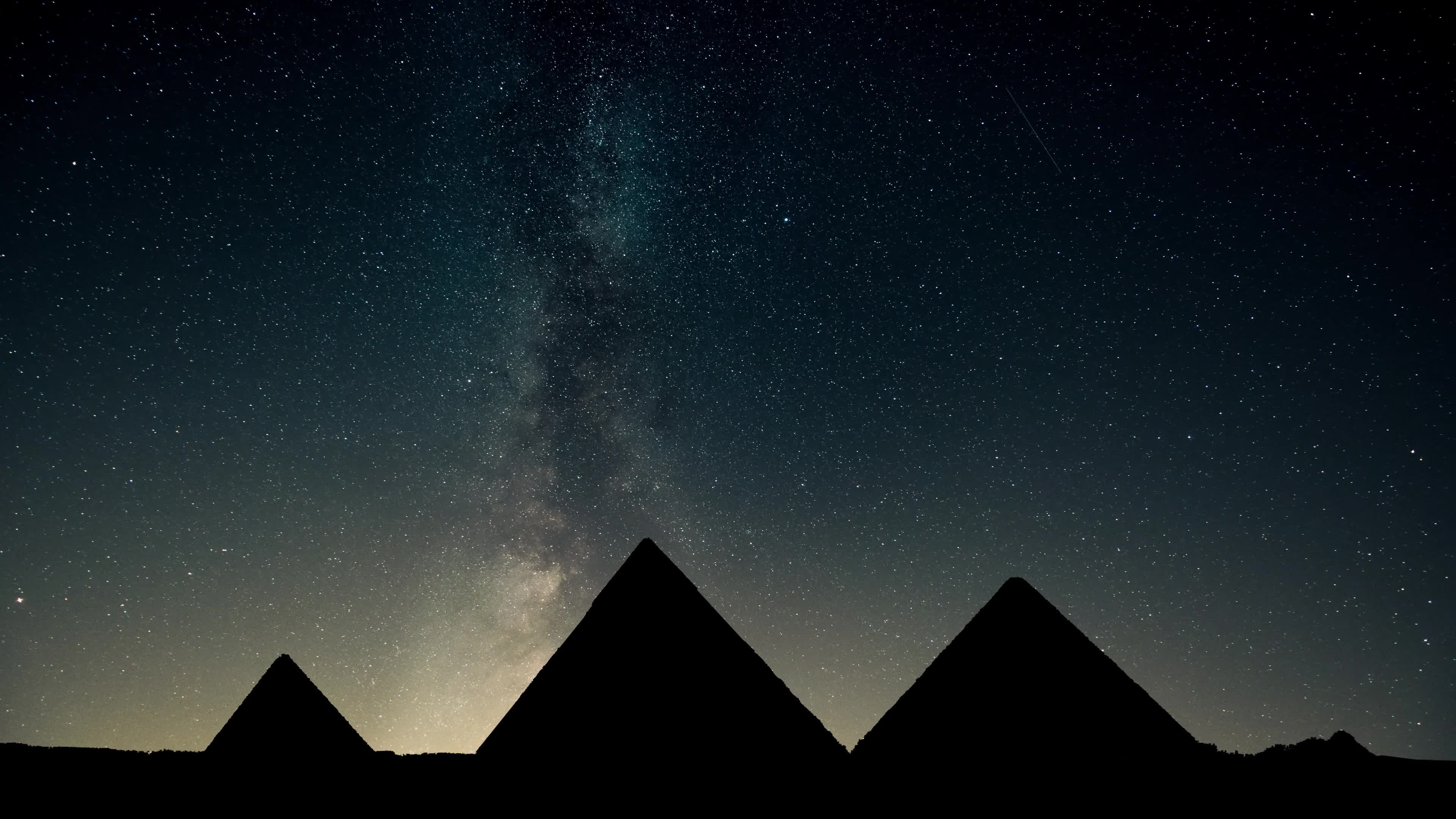The ancient Egyptians recognized a diverse array of constellations that adorned the skies over their civilization for over three millennia. Our modern? understanding of these celestial configurations is derived from various sources, primarily found in lists of stars and depictions discovered on a limited number of coffins, some water clocks, and a notable collection of astronomical ceilings.
These sources have provided valuable insights into the ancient Egyptian perspective on the cosmos, revealing their intricate observations of the night sky. Through these remnants of their celestial knowledge, we gain a glimpse into the rich tapestry of astronomical understanding that shaped their worldview for millennia.
Nut
Nut, also known as Nu?it, is the Egyptian sky goddess, born of Shu —the god of air— and Tefnut— the goddess of water and fertility. With her brother and husband Geb (earth), she bore Osiris, Isis, Set, and Nephthys.
Depicted with stars covering her body, particularly her hands and feet representing the four cardinal points, Nut is associated with the Milky Way in Lower Egypt. She is considered the mother of all, responsible for the living and the dead, as well as day and night. She bore planets, stars, celestial bodies, and major deities.
Sopdet

Sopdet, or Sothis in Greek, played a crucial role in Egyptian mythology as the personification of Sirius, the brightest star in the night sky.
Ancient Egyptian astronomers held Sirius in high regard, as its appearance at the horizon signaled the imminent Nile flooding and marked the beginning of a new year. The onset of the new year was celebrated through a festival called “The Coming of Sopdet.”
While initially associated with agriculture and the Nile, Sopdet evolved into a mother goddess during the Middle Kingdom. This transformation was likely influenced by her growing connection with the goddess Isis.
Sah

Sah, or Sahu, translating to the “Hidden One,” corresponds to the modern constellation known as Lepus. This celestial region encompasses the head of Orion’s belt along with other stars from surrounding constellations. The ancient Egyptians considered Sah one of their most important constellations, especially as it rose directly before the adjacent star Sirius. Over time, Sopdet and Sah came to be seen as manifestations of Osiris and Isis in Egyptian mythology.
Taweret

In ancient Egyptian astronomy, Taweret, a deity embodying fertility and protection, is associated with a celestial constellation representing a colossal female hippopotamus with a crocodile tail. Her image appears in various depictions, including the Dendera Zodiac, symbolizing a northern constellation linked to the circumpolar stars of Ursa Minor and Draco.
Initially perceived as potentially malignant, Taweret gradually evolved into a guardian of the northern sky, embodying protective qualities associated with the lion, crocodile, and hippopotamus. This transformation highlights the dual nature of Taweret, serving as both a ferocious demon and a nurturing deity, emphasizing her role as a patron of childbirth and protector of women and children.
The Lion and Two Crocodiles

In ancient Egyptian astronomical depictions, a scene often features a recumbent lion, a similarly sized crocodile positioned beneath it, and, in certain representations, a smaller crocodile with a folding tail situated nearby. This smaller crocodile is referred to as Saq. The larger crocodile, receiving the name Hetep Redwy, meaning “that lying on his feet,” carries the epithet of the god Sobek, a well-known deity associated with crocodiles.
The lion in these celestial depictions is explicitly named the “divine lion between them.” Additionally, in Ramesside star charts, a constellation labeled Mai, meaning lion, corresponds to this scene and is likely to be identified with the constellation Leo. Therefore, the crocodile designated as “lying on his feet” can be associated with Hydra, and Saq might find its place in the unoccupied region of Leo Minor. This intricate celestial configuration reflects the symbolic and mythological significance ascribed to these celestial beings in ancient Egyptian cosmology.







Comments (5)
[…] have captivated the human imagination. From ancient texts like “The Book of Thoth” in Egyptian mythology to medieval grimoires like “The Key of Solomon,” the concept of magical books has woven […]
[…] post Ancient Egyptian Constellations and the Myths Behind Them first appeared on Egyptian […]